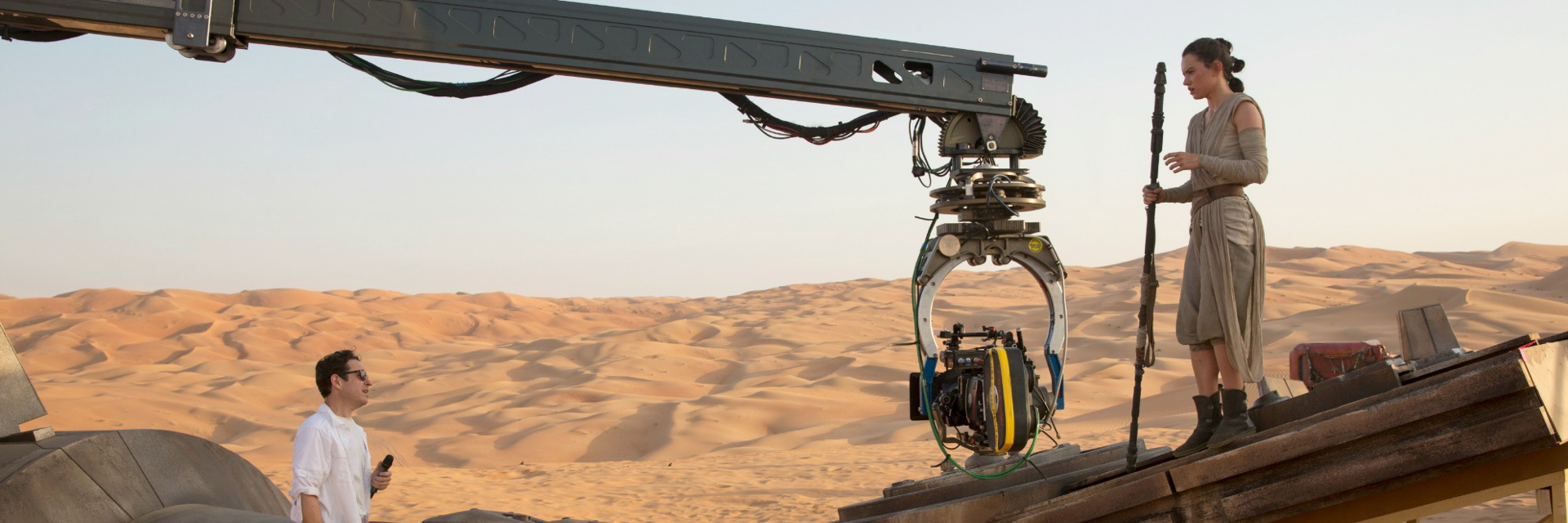The final chapter in “The Hobbit” trilogy, “The Five Armies,” is a satisfying finale due in part to the most successful uses yet of the Dolby Atmos theater sound system and the High Frame Rate format, as well as RealD 3D.
The movie is also once again available in IMAX 3D. (Video featurette promotion for IMAX version of “Five Armies” below…)
 While only obvious in a couple of scenes where the sound comes from the sides, top, and back of the theater, the Dolby Atmos system is appropriately seamlessly integrated into the bulk of the movie, enveloping the audience with sound without being a distraction, particularly in scenes of the flying dragon and battles. It’s worth seeking out a theater equipped with Dolby Atmos. (Director Peter Jackson video interview on the importance of sound immersion and Dolby Atmos.)
While only obvious in a couple of scenes where the sound comes from the sides, top, and back of the theater, the Dolby Atmos system is appropriately seamlessly integrated into the bulk of the movie, enveloping the audience with sound without being a distraction, particularly in scenes of the flying dragon and battles. It’s worth seeking out a theater equipped with Dolby Atmos. (Director Peter Jackson video interview on the importance of sound immersion and Dolby Atmos.)
The 48 frame-per-second HFR format that was ushered in with the original Hobbit movie in 2012, “The Hobbit: An Unexpected Journey,” feels far softer and more cinematic here, as opposed to the far too vivid image of the original film. The doubling of the film speed through the camera creates a noticeably superior visual definition and seeming greater depth.
The HFR complements and enhances the effect of the 3D, shot using Red Epic cameras and 3ality stereo rigs, which is also implemented with subsconsciously seamless integration with the exception of a couple of scenes involving the flying fire-breathing dragon called Smaug (Benedict Cumberbatch reprises his role from the 2013 second chapter, “The Desolation of Smaug”) and when Bard (Luke Evans) holds a sword outward to his side directly towards the camera lens. While it’s fun to have some of these intentionally exploitative shots (and it would be better to have a few more), one of the primary beneficial uses of the 3D is in the sweeping establishing shots as the camera swoops down into valleys, draws our eyes over rocky precipices and over lush rolling hillsides.
Another pleasing element of the movie is the music, not only the score by Howard Shore but particularly the theme song “The Last Goodbye,” a sweet ballad written by screenwriters/producers Fran Walsh and Philipa Boyens as well as Billy Boyd, who performs the song over the final credits.
Despite a near-constant two-hours of epic and one-on-one battle scenes in place of more than a few pages of dialogue, let alone character development, this final chapter is sufficiently engaging, though it’s hard to imagine anyone who didn’t see the previous movies having any clue what’s going on here.
<Review continues below the following video…>
And once again Martin Freeman (Bilbo) is teamed with Cumberbatch, with whom he co-stars in the TV series “Sherlock” as Dr. Watson to Cumberbatch’s “Holmes.”
— By Scott Hettrick
